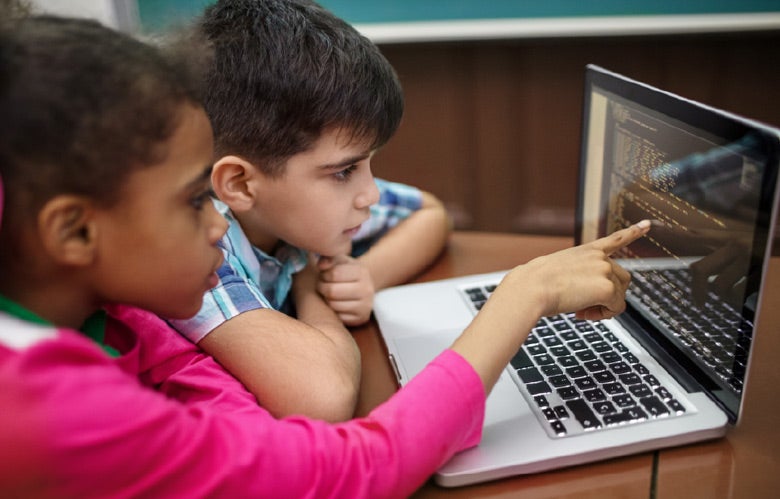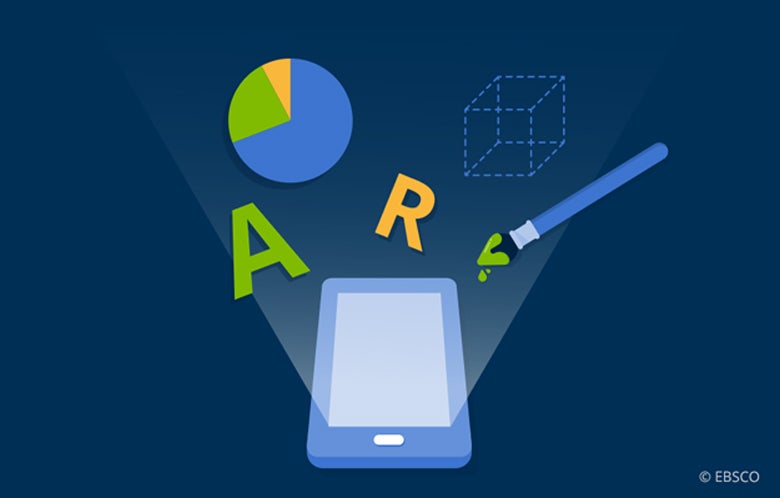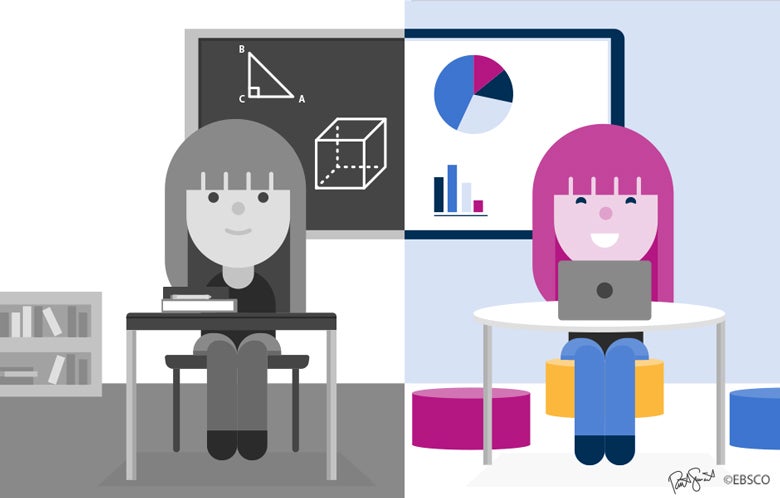Each generation has sought to make the transfer of information faster and more efficient than the generation before them, but the world today is changing at a faster and more immediate pace than at any time in our history. For most of our students, this pace is natural, and it is hard for them to imagine life without a tablet or computer. The number of ways our students learn, share and communicate has grown exponentially since the pandemic began. Innovations like voice technology, augmented reality and virtual reality may supplant Facebook, Twitter and Instagram for the next generation of students.
The nature of voice technology allows for screen-free interactions and gives students much needed life-skills practice in the areas of forming questions and focused listening. The number of services using voice technology is growing rapidly and only trending up. Powered by Artificial Intelligence (AI), voice-controlled digital assistants such as Amazon’s Alexa and Google Assistant have made their way into millions of living rooms in the last few years but are now being leveraged in some classrooms.
A digital assistant can transform the classroom with real-time answers and built-in skills. Although each voice-controlled assistant has its own unique features, most devices perform similarly and can send and receive information, answer basic questions, set timers and alarms, and interact with other internet connected devices. Recent advances in natural language processing has allowed voice assistants to better understand and interact with students.
Educators in the Garnet Valley School District began leveraging Amazon’s Alexa in 2017 as a learning aid for their students. The district’s partnership with wife and husband team, Dr. Aparna Ramanathan and Deepak Ramanathan, and their Alexa AskMyClass skill tool have provided a bridge into this new educational frontier. Aparna Ramanathan is a medical doctor with more than 15 years of international clinical experience and a passion for family health and well-being. Deepak Ramanathan is an engineer and marketing executive in the technology industry, having worked for more than 20 years at IBM, Google and Twitter.
Dr. Aparna Ramanathan initially developed the AskMyClass skill tool to help young children with Emotional Regulation Skills but has since expanded the tool to also help teachers with other classroom needs. Their mission is to give teachers the convenience of voice technology to support their productivity and maximize learning for students in a new and engaging way.
Amazon’s Alexa and the AskMyClass skill tool gives teachers the ability to give students opportunities to solve problems, manage emotions and communicate. It also allows teachers to use the technology to set predetermined brain breaks, countdown clocks, randomizers, and review ELA and math standards. Voice assistants can also read books, making just about every book an audiobook. Although the sound can sometimes be robotic coming from the device, the quality of the voice system is quickly improving.
With the role of the librarian changing in many districts, integrating voice technology can help empower student voice in our constantly evolving technological landscape.
With the role of the librarian changing in many districts, integrating voice technology can help empower student voice in our constantly evolving technological landscape.
Each classroom is unique in how it uses Alexa, however, the majority of teachers report using the device mostly for the following types of activities:
- Classroom Management/Transitions: lineup, dismissal, class meetings, background music
- Brain Breaks: mindful moments, dance breaks, emotional regulation, social emotional learning
- Academic Prompts: math word problems, writing prompts, reading response questions
- Class Picker: groupings, partner work, student names
With the role of the librarian changing in many districts, integrating voice technology can help empower student voice in our constantly evolving technological landscape. Librarians, technology integration specialists and others can leverage this new technology to help students communicate clearly and to express themselves creatively. It can also help students enrich their learning experiences as they become both self-directed and collaborative learners.
We hope technology-rich classrooms will allow our student’s innate skills of creativity and innovation to shine bright and be the catalyst they need to become leaders for the generations to come. If these technologies are going to play an important role in the lives of students as they grow, we feel it is our responsibility to expose them to it in our schools. At the end of the day, it is our job to prepare students for their futures, not ours, no matter how uncomfortable that may be for the adults.



